Detectando Ondas Gravitacionais Com A Missão GAIA - Space Today TV Ep.1057
Detectando Ondas Gravitacionais Com a Missão GAIA - Space Today TV Ep.1057
As ondas gravitacionais, para quem ainda não sabe, tem um espectro, assim como a radiação eletromagnética tem o seu.
Esse espectro é chamado de espectro gravitacional.
Dentro do espectro gravitacional, atualmente, com o LIGO e VIRGO nós só conseguimos detectar ondas gravitacionais provenientes da fusão de buracos negros de massa estelar e da fusão de estrelas de nêutrons.
Essas, digamos, são ondas gravitacionais com frequências mais altas.
Mas lógico que existe a ideia e a vontade de se detectar ondas gravitacionais de frequências baixas.
Essas são produzidas, por exemplo, pela colisão de buracos negros supermassivos.
Nós já avançamos um pouco nesse sentido, já que a tecnologia da LISA, um detector espacial nos moldes do LIGO já foi testada e promete funcionar.
Existe também, como já falei aqui a técnica de usar os pulsares, a chamada Pulsar Timing Array.
Essa técnica é interessante, pois ela usa a observação dos pulsares, e calcula a mudança na frequência aparente dos pulsos com relação à passagem de uma onda gravitacional, gerada pela fusão de buracos negros supermassivos, por exemplo.
com base nessa ideia, um grupo de astrofísicos está propondo algo maravilhoso.
Eles querem usar a missão GAIA, da Agência Espacial Europeia, que mede com precisão a posição de bilhões de estrelas na Via Láctea como um detector de ondas gravitacionais de baixa frequência.
Para isso, a ideia é usar não a variação de pulsos dos pulsares, mas sim a aparente modificação na posição das estrelas observadas pela GAIA, ou seja, suas oscilações para detectar as ondas gravitacionais.
A passagem de uma onda gravitacional, que acaba causando uma oscilação no tecido do espaço-tempo, muda a posição das estrelas, a polarização da onda gravitacional pode ser detectada e assim teríamos a detecção de um tipo novo de onda gravitacional.
A vantagem é que a missão GAIA já está em funcionamento no espaço, já faz essas medidas, ou seja, essa aplicação pode ser testada a qualquer momento.
Os astrônomos realmente viram que o estudo das ondas gravitacionais pode trazer muitos novos conhecimentos sobre o universo, e entender os buracos negros supermassivos é algo que os deixa muito animados.
Vamos aguardar por novidades nessa área.
More Posts from Carlosalberthreis and Others
O que vamos ter em dezembro de 2017!
What's Up - December 2017
What’s Up For December? Geminid and Ursid meteor showers & winter constellations!

This month hosts the best meteor shower of the year and the brightest stars in familiar constellations.

The Geminds peak on the morning of the 14th, and are active from December 4th through the 17th. The peak lasts for a full 24 hours, meaning more worldwide meteor watchers will get to see this spectacle.

Expect to see up to 120 meteors per hour between midnight and 4 a.m. but only from a dark sky. You’ll see fewer after moonrise at 3:30 a.m. local time.

In the southern hemisphere, you won’t see as many, perhaps 10-20 per hour, because the radiant never rises above the horizon.

Take a moment to enjoy the circle of constellations and their brightest stars around Gemini this month.

Find yellow Capella in the constellation Auriga.

Next-going clockwise–at 1 o'clock find Taurus and bright reddish Aldebaran, plus the Pleiades.

At two, familiar Orion, with red Betelguese, blue-white Rigel, and the three famous belt stars in-between the two.

Next comes Leo, and its white lionhearted star, Regulus at 7 o'clock.

Another familiar constellation Ursa Major completes the view at 9 o'clock.

There’s a second meteor shower in December, the Ursids, radiating from Ursa Minor, the Little Dipper. If December 22nd and the morning of December 23rd are clear where you are, have a look at the Little Dipper’s bowl, and you might see about ten meteors per hour. Watch the full What’s Up for December Video:
There are so many sights to see in the sky. To stay informed, subscribe to our What’s Up video series on Facebook. Make sure to follow us on Tumblr for your regular dose of space: http://nasa.tumblr.com.
Reinventing the Wheel
Planning a trip to the Moon? Mars? You’re going to need good tires…

Exploration requires mobility. And whether you’re on Earth or as far away as the Moon or Mars, you need good tires to get your vehicle from one place to another. Our decades-long work developing tires for space exploration has led to new game-changing designs and materials. Yes, we’re reinventing the wheel—here’s why.
Wheels on the Moon

Early tire designs were focused on moving hardware and astronauts across the lunar surface. The last NASA vehicle to visit the Moon was the Lunar Roving Vehicle during our Apollo missions. The vehicle used four large flexible wire mesh wheels with stiff inner frames. We used these Apollo era tires as the inspiration for new designs using newer materials and technology to better function on a lunar surface.
Up springs a new idea

During the mid-2000s, we worked with industry partner Goodyear to develop the Spring Tire, an airless compliant tire that consists of several hundred coiled steel wires woven into a flexible mesh, giving the tires the ability to support high loads while also conforming to the terrain. The Spring Tire has been proven to generate very good traction and durability in soft sand and on rocks.
Spring Tires for Mars

A little over a year after the Mars Curiosity Rover landed on Mars, engineers began to notice significant wheel damage in 2013 due to the unexpectedly harsh terrain. That’s when engineers began developing new Spring Tire prototypes to determine if they would be a new and better solution for exploration rovers on Mars.

In order for Spring Tires to go the distance on Martian terrain, new materials were required. Enter nickel titanium, a shape memory alloy with amazing capabilities that allow the tire to deform down to the axle and return to its original shape.
These tires can take a lickin’

After building the shape memory alloy tire, Glenn engineers sent it to the Jet Propulsion Laboratory’s Mars Life Test Facility. It performed impressively on the punishing track.
Why reinvent the wheel? It’s worth it.

New, high performing tires would allow lunar and Mars rovers to explore greater regions of the surface than currently possible. They conform to the terrain and do not sink as much as rigid wheels, allowing them to carry heavier payloads for the same given mass and volume. Also, because they absorb energy from impacts at moderate to high speeds, there is potential for use on crewed exploration vehicles which are expected to move at speeds significantly higher than the current Mars rovers.
Airless tires on Earth

Maybe. Recently, engineers and materials scientists have been testing a spinoff tire version that would work on cars and trucks on Earth. Stay tuned as we continue to push the boundaries on traditional concepts for exploring our world and beyond.
Make sure to follow us on Tumblr for your regular dose of space: http://nasa.tumblr.com.
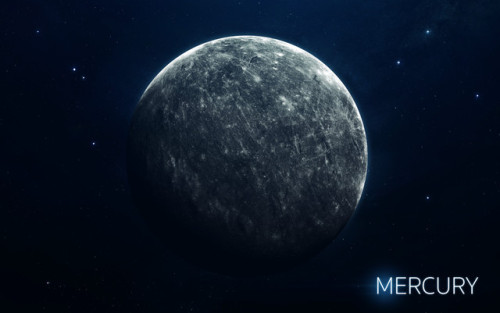
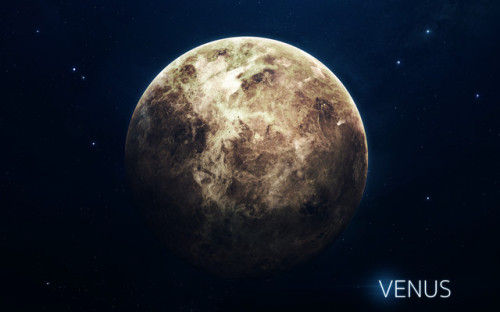
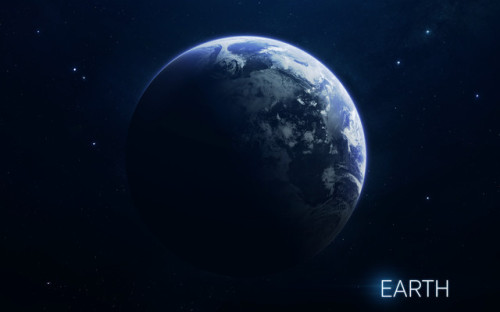
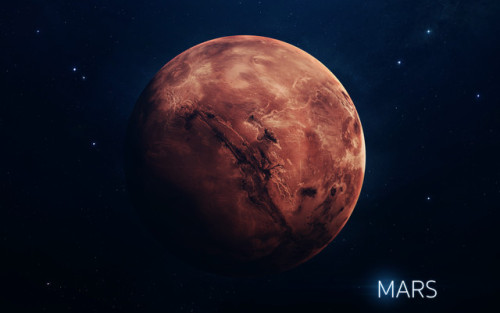
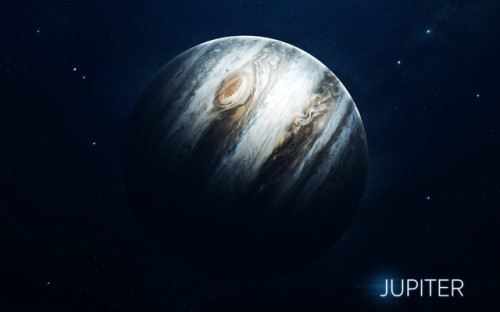
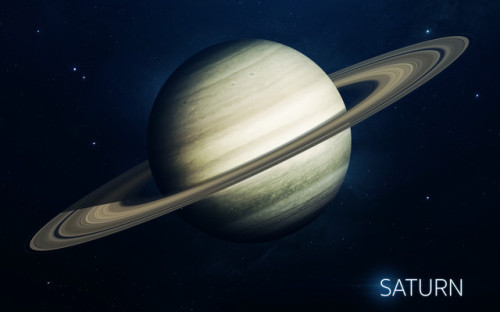
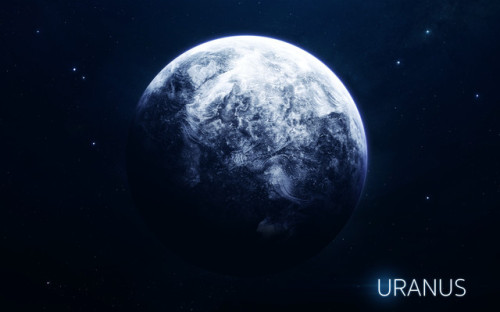
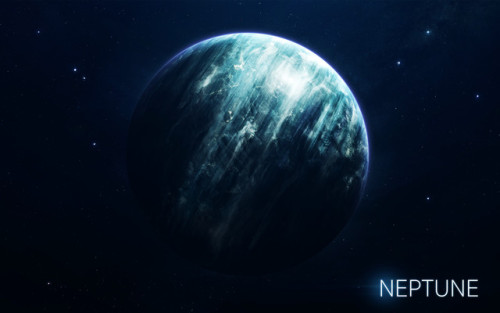
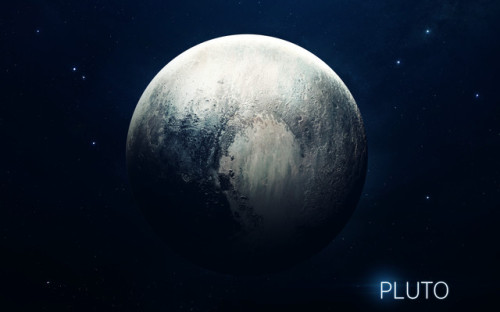
Berries - Vadim Sadovski
Juno: Join the Mission!
Our Juno spacecraft may be millions of miles from Earth, but that doesn’t mean you can’t get involved with the mission and its science. Here are a few ways that you can join in on the fun:
Juno Orbit Insertion

This July 4, our solar-powered Juno spacecraft arrives at Jupiter after an almost five-year journey. In the evening of July 4, the spacecraft will perform a suspenseful orbit insertion maneuver, a 35-minute burn of its main engine, to slow the spacecraft by about 1,212 miles per hour so it can be captured into the gas giant’s orbit. Watch live coverage of these events on NASA Television:
Pre-Orbit Insertion Briefing Monday, July 4 at 12 p.m. EDT
Orbit Insertion Coverage Monday, July 4 at 10:30 p.m. EDT
Join Us On Social Media

Orbit Insertion Coverage Facebook Live Monday, July 4 at 10:30 p.m. EDT
Be sure to also check out and follow Juno coverage on the NASA Snapchat account!
JunoCam

The Juno spacecraft will give us new views of Jupiter’s swirling clouds, courtesy of its color camera called JunoCam. But unlike previous space missions, professional scientists will not be the ones producing the processed views, or even choosing which images to capture. Instead, the public will act as a virtual imaging team, participating in key steps of the process, from identifying features of interest to sharing the finished images online.

After JunoCam data arrives on Earth, members of the public will process the images to create color pictures. Juno scientists will ensure JunoCam returns a few great shots of Jupiter’s polar regions, but the overwhelming majority of the camera’s image targets will be chosen by the public, with the data being processed by them as well. Learn more about JunoCam HERE.
Follow our Juno mission on the web, Facebook, Twitter, YouTube and Tumblr.
Make sure to follow us on Tumblr for your regular dose of space: http://nasa.tumblr.com


De acordo com os astrobiólogos Charley Lineweaver e Aditya Chorpa, a vida em outros planetas provavelmente tem sido breve e tornou-se extinta rapidamente.
“O universo é provavelmente preenchido com planetas habitáveis, e muitos cientistas acreditam que esses planetas são habitados por alienígenas. O início da vida é algo frágil, por isso, nós acreditamos que ela raramente se desenvolve rápida o suficiente para sobreviver”, disse o Dr. Chopra, que é o primeiro autor de um artigo publicado na revista Astrobiology.
“A maioria dos ambientes planetários iniciais são instáveis. Para se produzir um planeta habitável, a forma de vida precisa regular os gases de efeito estuda, bem como a água e o dióxido de carbono para manter a temperatura da superfície estável”. A cerca de 4 bilhões de anos atrás, a Terra e os outros planetas terrestres no nosso Sistema Solar podiam ter sido todos habitáveis.
Contudo, um bilhão de anos depois da formação, Vênus se tornou um lugar muito quente, e Marte um lugar muito frio. Uma vida microbiana inicial nesses dois planetas, se é que ela existiu, falhou em se estabilizar rapidamente mudando o ambiente, de acordo com o Professor Lineweaver. “A vida na Terra provavelmente teve um papel importante em estabilizar o clima do planeta”.
O Dr. Chopra disse que a teoria resolve um problema antigo. O mistério de por que nós não encontramos sinais de vida de alienígenas, pode ter menos a ver com probabilidade da origem da vida ou da inteligência e mais a ver com a raridade da rápid emergência da regulação biológica dos ciclos de realimentação nas superfícies planetárias”.
Em planetas terrestres úmidos, com ingredientes e fontes de energia necessárias para a vida, ela parece ser onipresente, contudo, como o físico Enrico Fermi apontou em 1950, nenhum sinal de vida extraterrestre foi ainda encontrado.
Uma solução plausível para o paradoxo de Fermi é a extinção quase que universal acontecida no começo, algo que os cientistas têm chamado de Gargalo Gaiano.
“Os pré-requisitos e ingredientes para a vida parecem ser abundantes no universo. Contudo, o universo não parece ter tanta vida assim. A explicação mais comum para isso é a baixa probabilidade para a emergência da vida (um gargalo emergencial), notoriamente devido à intrigada receita molecular necessária”, disse o astrofísico.
“Nós apresentamos uma explicação alternativa para o Gargalo Gaiano: se a vida emerge em um planeta, ela somente se desenvolve raramente rápida o suficiente para regular os gases de efeito estufa e o albedo, se ela manter as temperaturas na superfície compatíveis com a água líquida e com a habitabilidade”.
“Esse Gargalo Gaiano sugere que (i) a extinção é um padrão cósmico para a maior parte da vida que emergiu na superfície de planetas rochosos úmidos no universo e (ii) os planetas rochosos precisam ser habitados para permanecerem habitáveis”.
Fonte:
http://www.sci-news.com/astronomy/extraterrestrials-may-all-be-extinct-03583.html
What is it Like to Visit Jupiter?
Jupiter is the largest planet in our solar system. For some perspective, if it were hollow, more than 1,300 Earths could fit inside of it! The giant planet contains two-thirds of all the planetary mass in the solar system and holds more than dozens of moons in its gravitational grip. But what about a visit to this giant planet?

Let’s be honest…Jupiter is not a nice place to visit. It’s a giant ball of gas and there’s nowhere to land. Any spacecraft – or person – passing through the colorful clouds gets crushed and melted. On Jupiter, the pressure is so strong it squishes gas into liquid. Its atmosphere can crush a metal spaceship like a paper cup.

Jupiter’s stripes and swirls are cold, windy clouds of ammonia and water. Jupiter’s Great Red Spot is a giant storm BIGGER THAN EARTH! This storm has lasted hundreds of years.

Since Jupiter’s atmosphere is made up of mostly hydrogen and helium, it’s poisonous. There’s also dangerous radiation, more than 1,000 times the lethal level for a human.
Scientists think that Jupiter’s core may be a thick, super hot soup…up to 50,000 degrees! Woah!
The Moons

Did you know that Jupiter has its own “mini solar system” of 50 moons? Scientists are most interested in the Galilean satellites – which are the four largest moons discovered by Galileo Galilei in 1610.
Today, Galileo would be astounded to know some of the facts about these moons. The moon Io has active volcanos. Ganymede has its own magnetic field while Europa has a frozen crust with liquid-water underneath making it a tempting place to explore for future missions.

When Juno arrives to Jupiter on July 4, it will bring with it a slew of instruments such as infrared imager/spectrometer and vector magnetometer among the half a dozen other scientific tools in its payload.
Juno will avoid Jupiter’s highest radiation regions by approaching over the north, dropping to an altitude below the planet’s radiation belts – which are analogous to Earth’s Van Allen belts, but far more deadly – and then exiting over the south. To protect sensitive spacecraft electronics, Juno will carry the first radiation shielded electronics vault, a critical feature for enabling sustained exploration in such a heavy radiation environment.
Follow our Juno mission on the web, Facebook, Twitter, YouTube and Tumblr.
Make sure to follow us on Tumblr for your regular dose of space: http://nasa.tumblr.com
Estudos!
Exercitando Física Matemática!!

26 de Abril de 2016 começa com Lua, planeta Saturno, planeta Marte, estrela Antares e chuva de meteoros Alfa-Escorpídeas. Um começo celeste bastante comemorativo! (em Parintins)
-
 space--bot liked this · 7 years ago
space--bot liked this · 7 years ago -
 carlosalberthreis reblogged this · 7 years ago
carlosalberthreis reblogged this · 7 years ago -
 carlosalberthreis liked this · 7 years ago
carlosalberthreis liked this · 7 years ago -
 astroimages reblogged this · 7 years ago
astroimages reblogged this · 7 years ago

